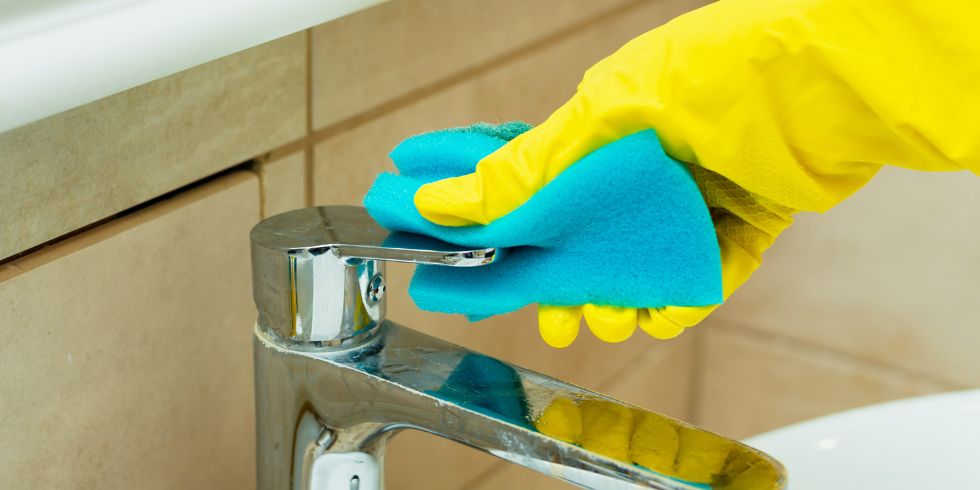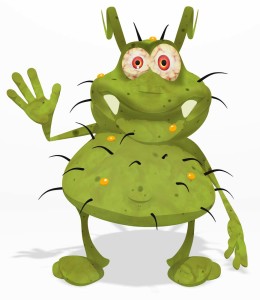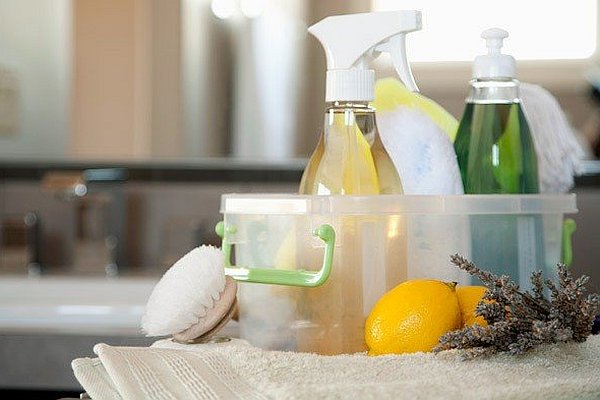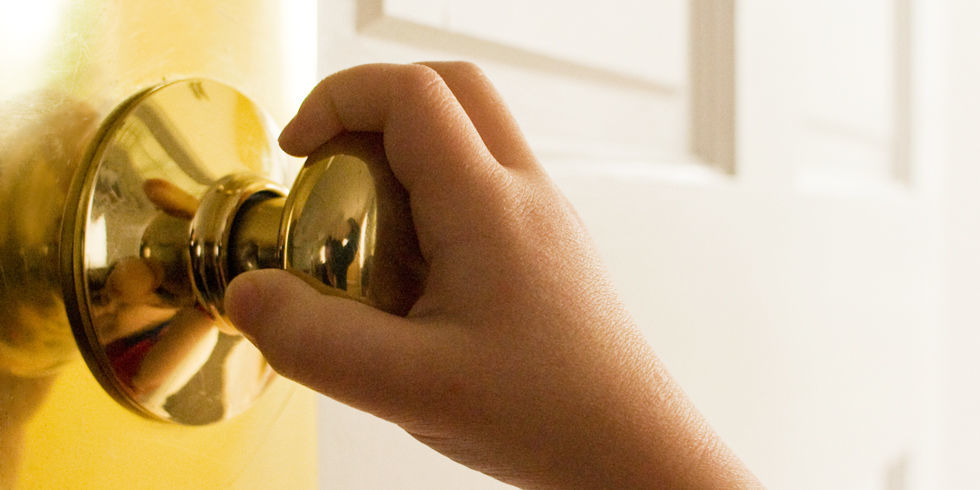
Top Spots for Bacteria at your home
The study and survey come from the Hygiene Council — which is funded by Reckitt Benckiser, the company that makes Lysol.
Researchers visited 35 U.S. homes, swabbing for bacteria in 32 locations in each home.
Here’s how those spots ranked, in terms of the average number of bacteria per square inch. Spots with the same average number of bacteria have the same rank:
- Toilet bowl: 3.2 million bacteria/square inch
- Kitchen drain: 567,845 bacteria/square inch
- Sponge or counter-wiping cloth: 134,630 bacteria/square inch
- Bathtub, near drain: 119,468 bacteria/square inch
- Kitchen sink, near drain: 17,964 bacteria/square inch
- Kitchen faucet handle: 13,227 bacteria/square inch
- Bathroom faucet handle: 6,267 bacteria/square inch
- Bathroom sink, near drain: 2,733 bacteria/square inch
- Pet food dish, inside rim: 2,110 bacteria/square inch
- Kitchen floor, in front of sink: 830 bacteria/square inch
- Toilet floor, in front of toilet: 764 bacteria/square inch
- Kitchen countertop: 488 bacteria/square inch
- Bathroom countertop: 452 bacteria/square inch
- Garbage bin: 411 bacteria/square inch
- Dish towel: 408 bacteria/square inch
- Toy: 345 bacteria/square inch
- Kitchen tabletop: 344 bacteria/square inch
- Home office phone or refrigerator door: 319 bacteria/square inch
- Toilet seat: 295 bacteria/square inch
- Bathroom light switch: 217 bacteria/square inch
- Microwave buttons: 214 bacteria/square inch
- Kitchen chopping board: 194 bacteria/square inch
- Child-training potty: 191 bacteria/square inch
- Infantchanging mat and infant high chair: 190 bacteria/square inch
- Kitchen phone: 133 bacteria/square inch
- Bathroom door’s inside handle: 121 bacteria/square inch
- Toilet’s flush handle: 83 bacteria/square inch
- TV remote control: 70 bacteria/square inch
- Home office computer keyboard: 64 bacteria/square inch
- Home office computer mouse: 50 bacteria/square inch
BAD AND GOOD NEWS:
- Germs are everywhere. Bacteria, viruses, fungi, and protozoa are in your home right now. And they multiply fast. One single bacterium cell can multiply to 70 trillion in a single day.
- Germs can make you sick. The good news is that your immune system is effective at guarding against most microorganisms. The bad news is, 70 trillion is a big number and some germs, especially viruses, are really good at mutating into things your body doesn’t recognize.
- It doesn’t take much effort to keep things clean and healthy. Soap and water. Bleach and water. Disinfecting wipes. Common sense. With these simple weapons, the battle against germs can be won. The FDA recommends mixing 1 teaspoon of chlorine bleach into 1 quart of water for a homemade sanitizing solution — or using a commercial sanitizer — to help keep kitchen surfaces clean.
SOLUTIONS:
The two things you can do to create a healthier home indoor environment are:
- Having a regular cleaning routine – Using effective cleaning products that remove or kill harmful germs and sanitize critical areas like bathrooms, countertops, tables, hard surfaces where food is prepared or eaten can minimize the health dangers caused from contaminated surfaces and germs.
OR
- You can hire a professional cleaning service provider like Cleaning & Care™ for periodic deep cleaning and sanitation of your home.



